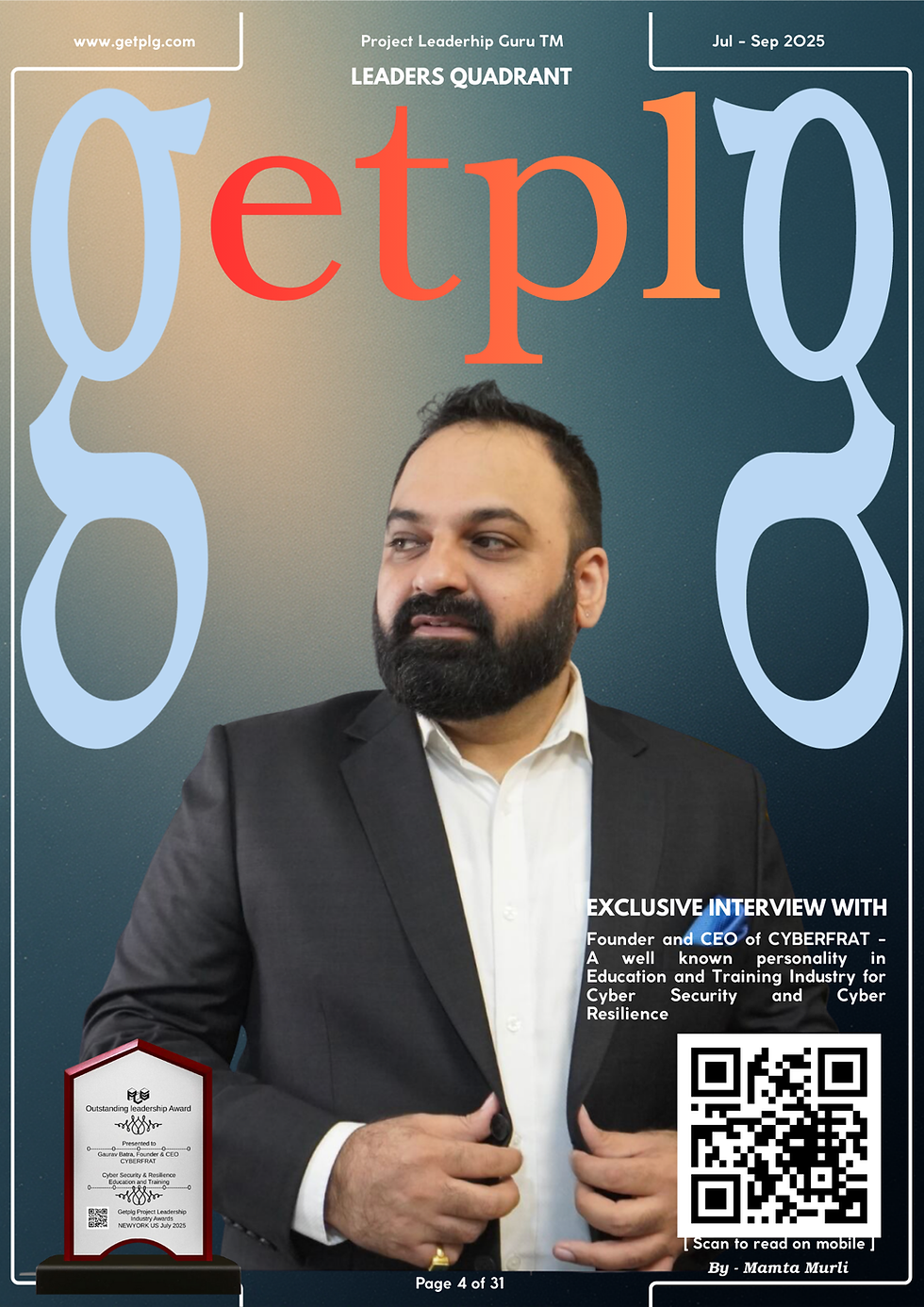Understanding Information Management
- Ravi Bhatia

- Apr 15, 2020
- 1 min read
Our platform at PLG underscores the most important facets of project management in this digital age: Communication, Information Management and Risk Management. Let’s expand on the information aspect. As project managers, we are purveyors of information. In fact, we can easily see that information management is inextricably linked to communication and risk management. The deluge of data – the digital avalanche – requires us to be great at information management in order to successfully lead projects. Information is essentially composed of the following key elements: CONTENT, CONTEXT, INFRASTRUCTURE.
Content: What is the validity of the content we receive? How credible is the content we send? Is the content we send substantiated by facts? Or is it a representation of our opinions? Is the content we receive properly analyzed? Are we viewing the presentation of content critically?
Context: What is the context of the information we send and receive? Do we understand how to discern the message accounting for context? Context can reveal biases and hidden messages. If I use humor in an office conversation, the same humor may be exceedingly difficult to replicate in an e-mail.
Infrastructure: The vehicle for information delivery is important. For example, you may not want to deliver a highly personal message via text. Also, if you had a notification that had contractual implications, it would be wise to supplement an e-mail with a formal notification letter. Also, with the advent of video conferencing, we need to be aware that clarity can become compromised and body language can be misinterpreted.
Please follow us on www.getplg.com and https://twitter.com/ProjectLeaders2





























Comments